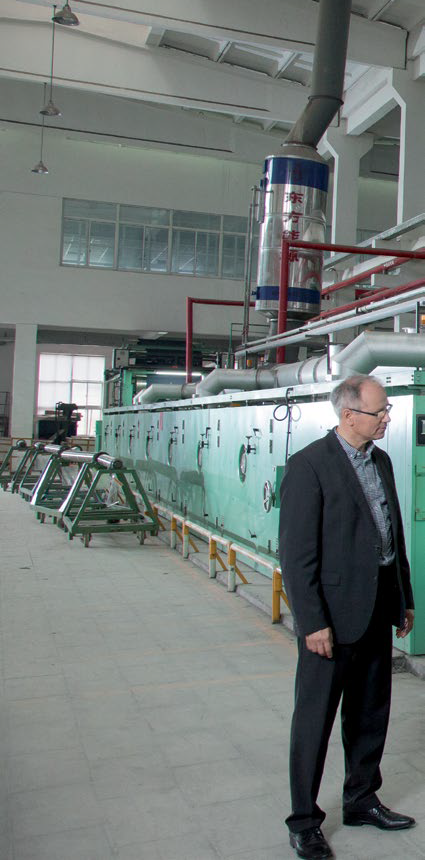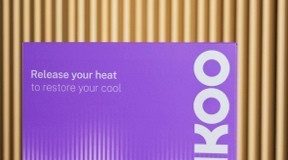Mattress and foam manufacturers can now have their production conditions certified in accordance with STeP.
Zurich (hm) STeP by OEKO-TEX makes the sustainability of production facilities throughout the textile value-creation chain visible using a transparent scoring system. STeP gives brands, retailers, and manufacturers the opportunity to have each area of their company facilities analyzed and assessed according to environmental and social criteria by an independent body. From 1 February 2016, new criteria have come into effect. In the latest version (3.0) of the STeP standard, the following modifications have been made:
* The STeP list of excluded harmful substances for textile production (Manufacturing Restricted Substances List or MRSL) now complies with the requirements of the ZDHC initiative (Zero Discharge of Hazardous Chemicals). Production facilities that have been certified in accordance with STeP therefore already meet the ZDHC specifications with regard to the use of specific process chemicals that are to be removed from textile production by 2020. Companies already certified in accordance with STeP will comply with the MRSL criteria of the ZHDC after the next successful conformity audit at the latest.
* In the “Environmental Performance” module, the previous requirements have been expanded to include an additional point on handling sludge from waste water treatment. Sludge must be stored by companies with STeP certification in a way that rules out any ground contamination. OEKO- TEX recommends that sludge residues of this type always be disposed of by professionals in accordance with environmental protection regulations. If the sludge is used for agricultural purposes, the new harmful substance limit values defined in appendix G8 must be complied with unless national statutory provisions have stricter requirements for them.
* In the new STeP standard, the “Social Responsibility” module contains minor amendments to further improve employee working conditions. For instance, certified companies in the future will have to satisfy statutory regulations relating to a suitable level of maternity protection. If there are no statutory regulations, the companies are encouraged to define their own company guidelines to ensure paid maternity leave in the context of ILO Core Labor Standard 183.
* The overview of third-party certifications accepted by OEKO-TEX®, which is included in appendix C of the STeP standard, has been expanded to include an additional category for ethical standards. In this, the Responsible Down Standard (RDS) has now been explicitly listed as a reference tool that STeP certified companies can use to provide evidence of the responsible procurement of feathers and down for the manufacture of their products. Furthermore, another addition to the latest STeP standard is that manufacturers of foams and mattresses can now have their production conditions certified in accordance with STeP. Also new is the need for a plan that clearly highlights all of the areas of the company in which chemicals are supplied, stored, and used. The company facilities must also prove that chemicals are being transported safely and that affected staff are being provided with appropriate training. Emergency equipment now has to be checked by companies at least once a year instead of the previous interval of every two years. In appendix G of the STeP standard, additional limit values relating to the output of carbon monoxide (G3), sulphur dioxide (G5), and nitrogen oxide (G6) have been defined for waste air emissions from gas turbine power stations.
#certification #OEKO-TEX #requirement #new #newrequirement #STep #actuel
 SleepTech Magazine Mattress, Accessories, Machinery, Raw Materials
SleepTech Magazine Mattress, Accessories, Machinery, Raw Materials



